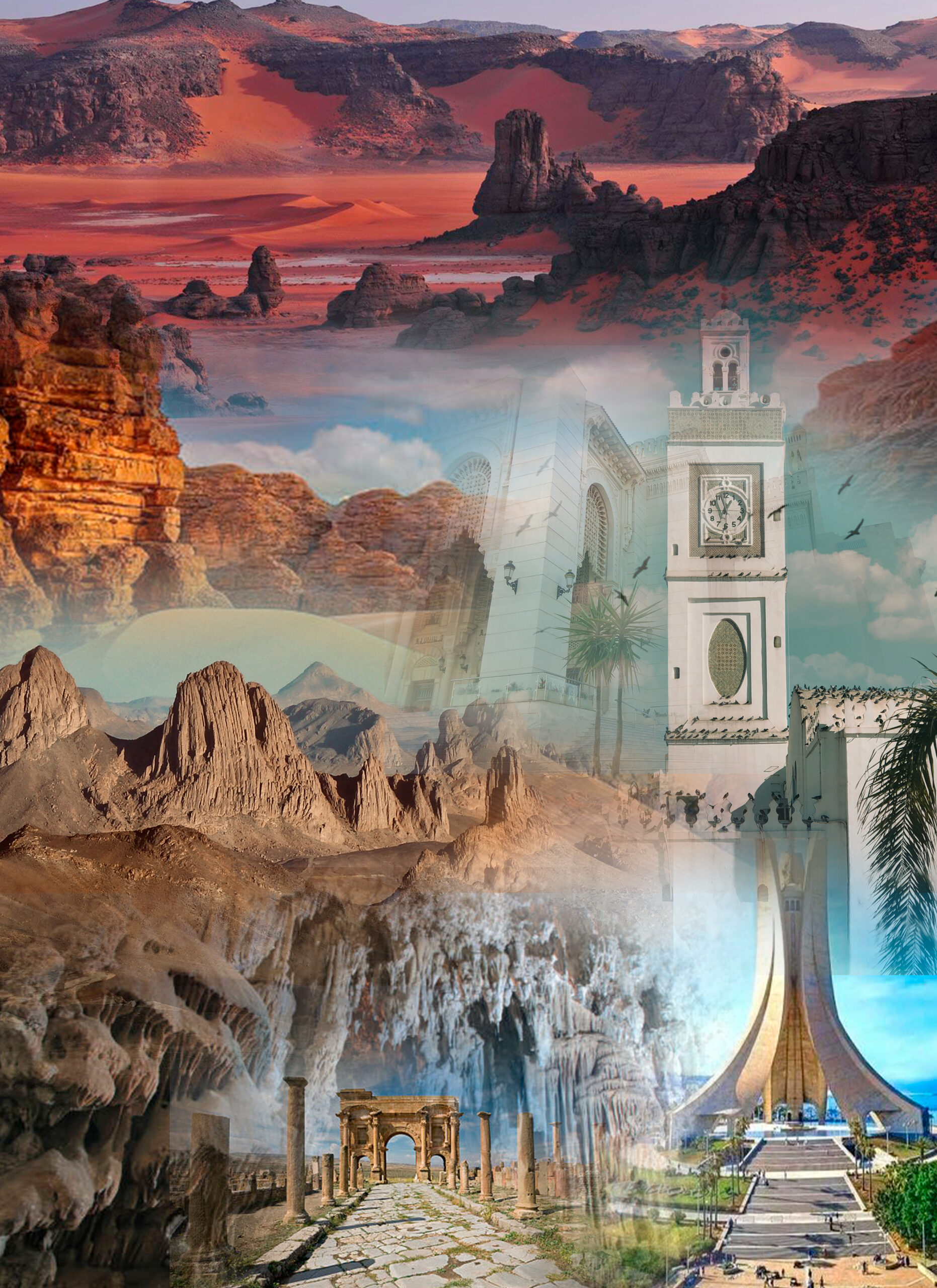A Journey through History, Architecture, Art, Spirits, and Festivities

Historical Significance:
Soum, a province nestled in the northern region of Burkina Faso, holds a deep historical significance that unveils the province’s rich cultural heritage and contributions to the nation’s history. Stepping into Soum is like stepping into a living museum, as the province showcases remnants of ancient civilizations and echoes of past kingdoms that have shaped its identity.
The province has been inhabited by various ethnic groups throughout history, including the Fulani, Tuareg, and Djerma peoples. Soum played a significant role as a crossroads for trade and cultural exchange between the Sahelian and Saharan regions. The province was a hub for trans-Saharan trade routes, connecting West Africa to the Mediterranean and beyond. This historical significance has left its mark on Soum, with ancient caravan routes and trading centers dotting the landscape.
Soum is also known for its connection to the Mossi Kingdoms, which flourished in the region from the 11th to the 19th century. These powerful kingdoms, led by Mossi warriors, played a crucial role in shaping the political and social landscape of Burkina Faso. Exploring Soum allows us to delve into this historical legacy, with ancient ruins and archaeological sites providing glimpses into the greatness of the Mossi Kingdoms.
Architecture & Natural Splendors:
Soum province boasts a captivating blend of architectural wonders and natural splendors, captivating visitors with its unique charm. The traditional architecture of the region reflects the influence of various ethnic groups and the challenges posed by the arid Sahelian climate.
One of the most iconic architectural features of Soum is the Sudano-Sahelian style mosques. These mosques, characterized by their distinctive mud-brick architecture and ornate decorations, stand as a testament to the region’s Islamic heritage. The Great Mosque of Djibo, located in Soum, is a prime example of this architectural style, with its towering minarets and intricate geometric patterns. These mosques not only serve as places of worship but also as community gathering spaces, fostering a sense of unity and cultural identity.
In addition to its architectural wonders, Soum province is blessed with breathtaking natural landscapes. The province is part of the Sahel region, characterized by vast expanses of semi-arid grasslands, acacia trees, and scattered oasis. The majestic beauty of Soum’s desert landscapes, with their endless horizons and golden dunes, offers a unique opportunity for explorers and nature enthusiasts. Visitors can immerse themselves in the tranquility of the desert, witness the unique flora and fauna adapted to this challenging environment, and experience the hospitality of the nomadic communities that call Soum home.
Soum province is also renowned for its vibrant cultural traditions and festivals. The Songhay-Zarma people, who reside in the region, celebrate colorful events such as the Takoubakoye Festival, where traditional dances, music, and rituals are performed. These festivities provide a glimpse into the cultural richness of Soum and allow visitors to engage with the local traditions and customs.
In conclusion, Soum province in Burkina Faso is a captivating destination that offers a glimpse into the historical significance and architectural splendors of the region. From the remnants of ancient civilizations to the enchanting Sudano-Sahelian mosques, Soum showcases the diverse cultural heritage that has shaped its identity. The province’s natural splendors, with its desert landscapes and vibrant cultural traditions, invite visitors to immerse themselves in the beauty and warmth of Burkina Faso’s northern region.
©2024 | Authored by DocThomas.Art
©2024 | Authored by DocThomas.Art

